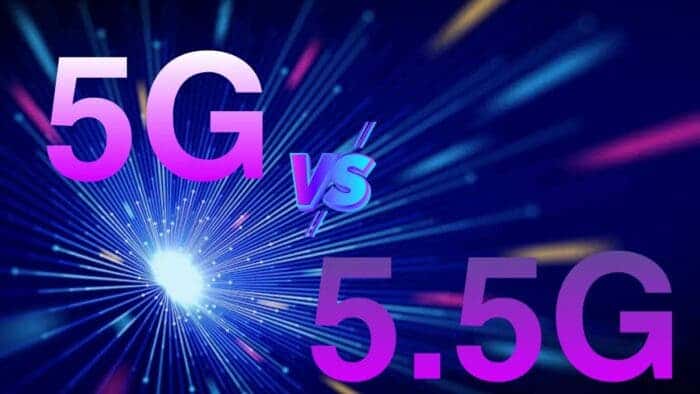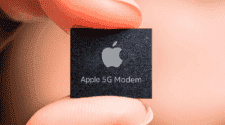In the ever-evolving landscape of mobile network technology, the transition from 4G to 5G has been a significant leap forward. However, as advancements continue, the emergence of 5.5G networks raises questions about what sets them apart from their 5G predecessors. This article delves into the major differences between 5.5G and 5G networks, highlighting key aspects that define these cutting-edge technologies.
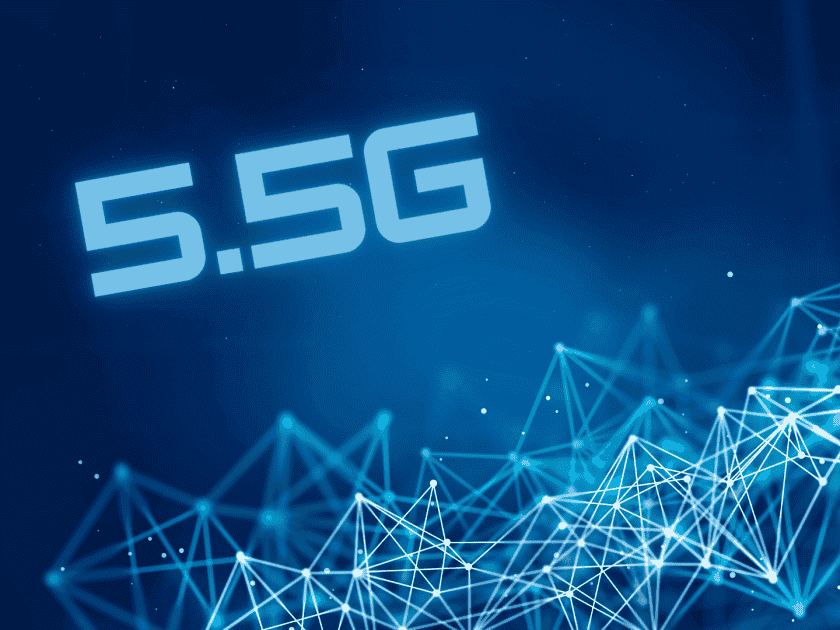
Understanding 5G and 5.5G Network Technology
5G, the fifth generation of cellular network technology, has revolutionized connectivity with promises of faster speeds, lower latency, and increased capacity. It aims to connect machines, objects, and devices seamlessly, offering enhanced user experiences and supporting a wide array of applications, from smartphones to the Internet of Things (IoT). With average speeds ranging from 75 to 400 Mbps and the potential for even higher speeds, 5G represents a significant advancement over its predecessors.
5.5G networks represent a further evolution in mobile network technology, building upon the foundation laid by 5G. While 5G has already set new standards for connectivity, 5.5G aims to push the boundaries even further, offering enhanced capabilities and addressing specific challenges present in 5G networks.
Latency and Speed
One of the key differences between 5G and 5.5G networks lies in latency and speed. 5G has significantly reduced latency, with speeds under 5 milliseconds, providing faster download speeds compared to 4G. In contrast, 5.5G networks aim to further decrease latency, offering near-instantaneous responses for real-time applications and services. This reduction in latency in 5.5G networks translates to even faster speeds, surpassing the capabilities of 5G and enabling seamless connectivity for a multitude of devices.
According to the latest report from GlobalData, 5.5G networks promise to deliver speeds 10 times faster than current 5G networks, with downlink speeds of 10Gbps and uplink speeds of 1Gbps. This is achieved through advances in semiconductor fabrication, which enable 5.5G manufacturers to incorporate significant computing power into mobile devices. At the same time, network equipment suppliers are incorporating cloud-native designs into the 5G radio access network (RAN) and 5G Core, creating a more automated and intelligent 5.5G network that can capitalize on artificial intelligence (AI).
In addition to faster speeds and lower latencies, 5.5G networks also deliver broader coverage, and support for more connections, with a target of 100 billion connections. These improvements will enable time-sensitive services making 5.5G a crucial bridge towards the future of 6G.
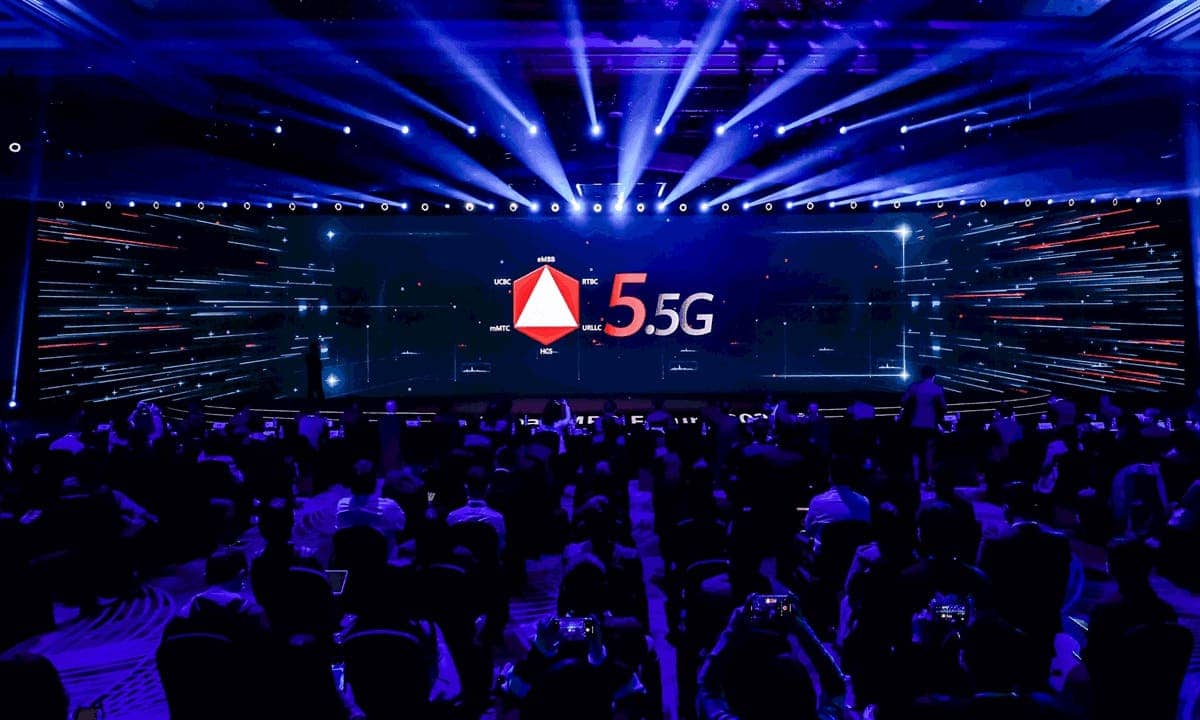
Bandwidth and Capacity
5G networks have introduced greater bandwidth, allowing for more data to be transmitted efficiently. However, 5.5G networks take this a step further by expanding bandwidth capacities and accommodating the increasing demands of data-intensive applications and services. With wider channels and better encoding techniques, 5.5G networks can support a higher volume of data traffic, ensuring smoother operations and improved network performance.
Network Architecture
The architecture of 5.5G networks differs from that of 5G, particularly in terms of base stations and cell density. While 5G utilizes small cell technology and high-frequency bands to enhance speeds and coverage, 5.5G networks further optimize base station deployment and cell density. By strategically placing small cells and optimizing network infrastructure, 5.5G networks can achieve greater coverage, improved signal strength, and better network capacity. This network will cater for the evolving needs of users and applications.
Applications and Use Cases
5G networks have already paved the way for a wide range of applications, from better mobile connectivity to IoT deployments. With 5.5G networks, the scope of applications expands further, enabling advanced use cases such as autonomous vehicles, remote surgery, and augmented reality experiences. The increased speed, lower latency, and enhanced reliability of 5.5G networks open up possibilities for transformative technologies that rely on seamless connectivity and real-time data processing.
Some of the key use cases for 5.5G networks include 3D calling, real-time collaboration for employees across multiple sites, education and manufacturing, and greater immersive user experiences using augmented reality (AR), virtual reality (VR), or Extended reality (XR) and AI.
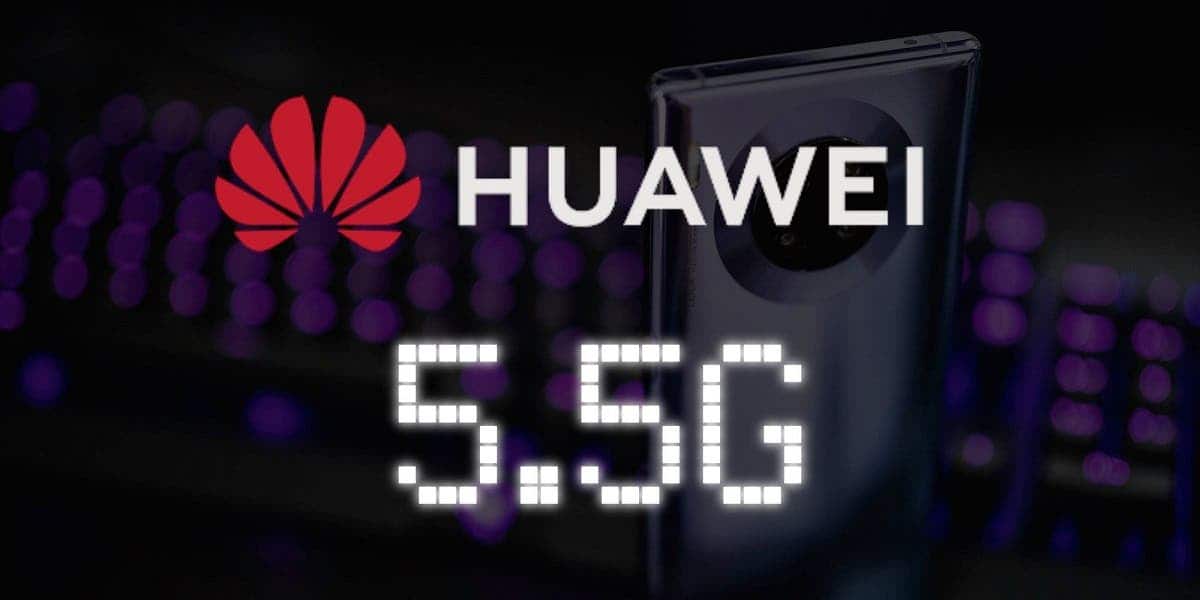
While 5.5G networks are still in the development stage, with commercial viability expected in late 2024 or early 2025, some companies have already started developing devices that support 5.5G connectivity. For example, OPPO’s 2024 top Find X7 series phones are reportedly the first ones to support 5GA networks. The Xiaomi 14 Ultra now supports this network via an internal update.
Conclusion
In conclusion, the transition from 5G to 5.5G networks represents a significant advancement in mobile network technology, offering enhanced capabilities and addressing the evolving needs of a connected world. With improvements in latency, speed, bandwidth, and network architecture, 5.5G networks set new standards for connectivity, ushering in a new era of innovation and possibilities. As these technologies continue to evolve, the future holds promise for even more developments in the realm of wireless communication and connectivity.

